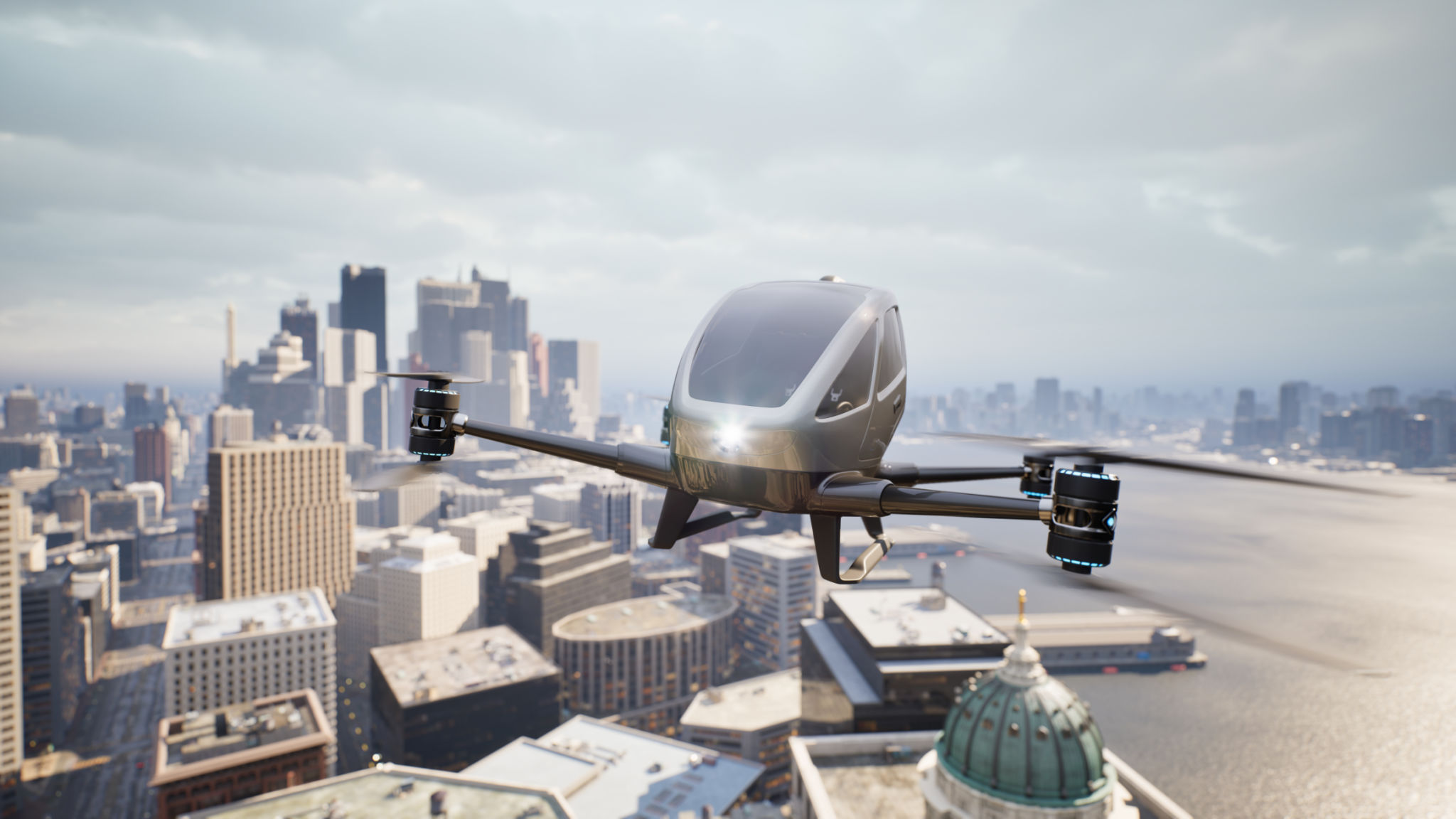Top 5 Aviation Trends Impacting the Future of Aeronautics
Revolutionizing the Skies: The Future of Aeronautics
The aviation industry is on the brink of transformative changes that promise to redefine how we perceive air travel. From technological advancements to sustainable practices, the future of aeronautics is set to soar to unprecedented heights. Here are the top five trends that are shaping this exciting future.

1. Sustainable Aviation Fuel (SAF)
As climate change becomes an ever-pressing concern, the aviation industry is making significant strides toward sustainability. One of the most promising developments is Sustainable Aviation Fuel (SAF), which offers a cleaner alternative to traditional jet fuel, reducing carbon emissions by up to 80%. Airlines and manufacturers are investing heavily in SAF technology, aiming to make it a mainstream fuel source within the next decade.
Aside from reducing emissions, SAF can be produced from various feedstocks, including waste oils and agricultural residues, making it a versatile and environmentally friendly option. As production scales up, costs are expected to decrease, making SAF a viable choice for more airlines worldwide.
2. Electric and Hybrid-Electric Aircraft
The push for greener skies doesn't stop with SAF. Electric and hybrid-electric aircraft are gaining traction as manufacturers seek to minimize their carbon footprints. These innovative aircraft promise to revolutionize regional air travel by offering quieter and more efficient short-haul flights.

Companies like Airbus and Boeing are investing in electric propulsion systems, with prototypes already in the testing phase. While the widespread use of electric aircraft is still years away, this technology represents a significant step toward achieving zero-emission flight.
3. Advanced Air Mobility (AAM)
The concept of Advanced Air Mobility (AAM) is redefining urban transportation. AAM encompasses various technologies, including air taxis and unmanned aerial vehicles (UAVs), designed to ease congestion in cities and provide faster transportation options.
Major players in the industry are developing electric vertical takeoff and landing (eVTOL) vehicles that could soon become a common sight in urban landscapes. These innovations aim to create a seamless transportation network that integrates air and ground travel for efficient mobility solutions.

4. Digital Transformation in Aerospace
Digital transformation is sweeping through the aerospace sector, bringing with it smarter manufacturing processes and enhanced operational efficiency. Technologies like artificial intelligence (AI), machine learning, and the Internet of Things (IoT) are being integrated into aircraft design, production, and maintenance.
This digital shift allows for predictive maintenance, reducing downtime and costs while ensuring aircraft safety. Moreover, AI-driven data analytics offer insights that aid in optimizing flight operations, ultimately leading to more efficient and cost-effective air travel.
5. Enhanced Passenger Experience
The future of aviation is not just about technological advancements; it's also about enhancing the passenger experience. Airlines are investing in cutting-edge technologies to provide comfort, convenience, and connectivity at 30,000 feet.

From personalized in-flight entertainment systems to high-speed internet connectivity, these innovations aim to make air travel more enjoyable and stress-free. Moreover, advancements in biometric technology are streamlining check-in and boarding processes, providing a seamless journey from start to finish.
The aeronautics industry is poised for a remarkable evolution driven by these trends. As we look to the future, the skies promise to be more sustainable, efficient, and passenger-friendly than ever before.
